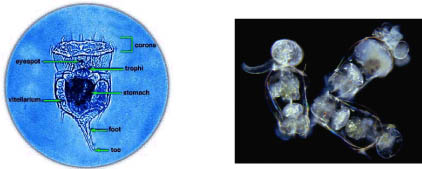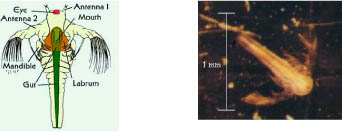

| Current Projects | K-12 | Interships, fellowships, grants | Public Education & Outreach | Continuing Education | Resources | Archives | |
We are committed to educating our citizenry about the opportunities and challenges associated with continued expansion into the marine realm. Our goals in this area include giving K-12 students hands-on exposure to fisheries and underwater robotics, providing coastal managers and researchers with workshops and symposia, and communicating the results and implications of our research to as wide an audience as possible. We will continue to foster collaboration with other groups and institutions in these efforts. |
 |
Project
Title: Finfish
Hatchery and Marine Education Center Project Summary: Farm raising fish for consumption is not a new concept, but there are not many marine fish species that are commercially available. MIT Sea Grant recognized the need to aid in the development of aquaculture in Massachusetts and started a Boston Aquaculture Initiative Program to deal with these issues. In January of 1998, MIT Sea Grant's Marine Finfish Hatchery began operation in the Charlestown Navy Yard. In 2003, the hatchery moved north to our new aquaculture facility, located at the Gloucester Maritime Heritage Center. |
|||
| FinFish Hatchery: Objectives | Facility | Aquaculture | Classroom | Outreach | Projects | Links | ||||
Species Raised at the Finfish Hatchery Haddock, Melanogrammus aeglefinus, is a member of the gadoid family. It is a cold water groundfish that ranges from Greenland to Cape Hatteras. Spawning occurs between January and June, depending on the temperature of the water where the adults reside. Haddock have a distinct black "thumb print" above the pectoral fins and are very popular as a food fish.
Tautog, Tautoga
onitis, is one of two labrides that do not
live in a warm, reef like habitat. Tautog can be found from
Nova Scotia to Georgia. Spawning occurs from early June through
August. Tautog is very structurally oriented fish and is
normally found in areas with cover and structure at all life
stages.
Tautog is a popular recreational and commercial fish. Winter Flounder
Fish life cycle Life Cycle of Rotifers
Life Cycle of Artemia
All
About Aquaculture
|
||||
 |
||


